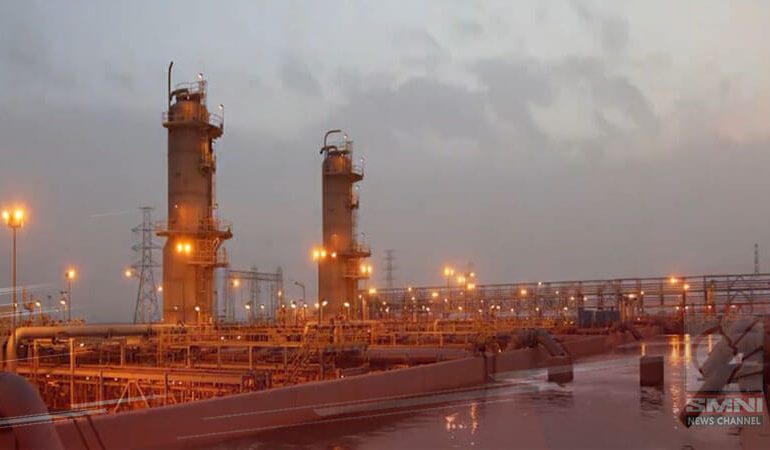
OPEC+ to Increase Oil Production in 2025 After Extending Cuts Through 2024
Production Cuts Extended Until End of 2024
OPEC+ has announced plans to maintain its current production cuts through the end of 2024. According to Jim Burkhard, vice president of research at S&P Global Commodity Insights, the alliance will begin increasing oil supply in 2025. This will be the first production increase since 2022, marking a significant shift in OPEC+ policy.
OPEC+ to Increase Oil Supply in 2025
Speaking at the Asia Pacific Petroleum Conference (APPEC) in Singapore, Burkhard said, “We believe that in 2025, for the first time in a couple of years, OPEC+ will raise production.” The first increase in supply, expected to be around 180,000 barrels per day (bpd), is now scheduled for December 2024, following the postponement of an initial October timeline.
Delayed Production Increase and Market Concerns
Last week, the OPEC+ alliance, led by Saudi Arabia and Russia, decided to delay the unwinding of production cuts. The cuts will now begin to ease gradually starting in December 2024. However, OPEC+ has maintained the option to pause or reverse adjustments if necessary.
This delay follows a crash in oil prices, which fell to their lowest levels in nine months due to weaker-than-expected demand from China and concerns about slowing U.S. and European economies. Despite hopes for a rebound, the announcement has not significantly reassured the market, with oil prices continuing to slide.
Bearish Market Sentiment Amid Global Economic Worries
Concerns over weak Chinese demand, fears of an economic slowdown in the U.S. and Europe, and hopes for a restart of Libyan oil production have fueled bearish sentiment in the market. Even after OPEC+ delayed its supply boost, oil prices fell to their lowest since June 2023, reflecting the uncertainty surrounding global oil demand.
OPEC+ Flexibility on Supply Adjustments
Despite the planned increase in supply starting in December 2024, OPEC+ emphasized that it retains flexibility. The alliance can pause or reverse production increases based on market conditions, giving it the ability to respond to any unexpected changes in demand or pricing.


